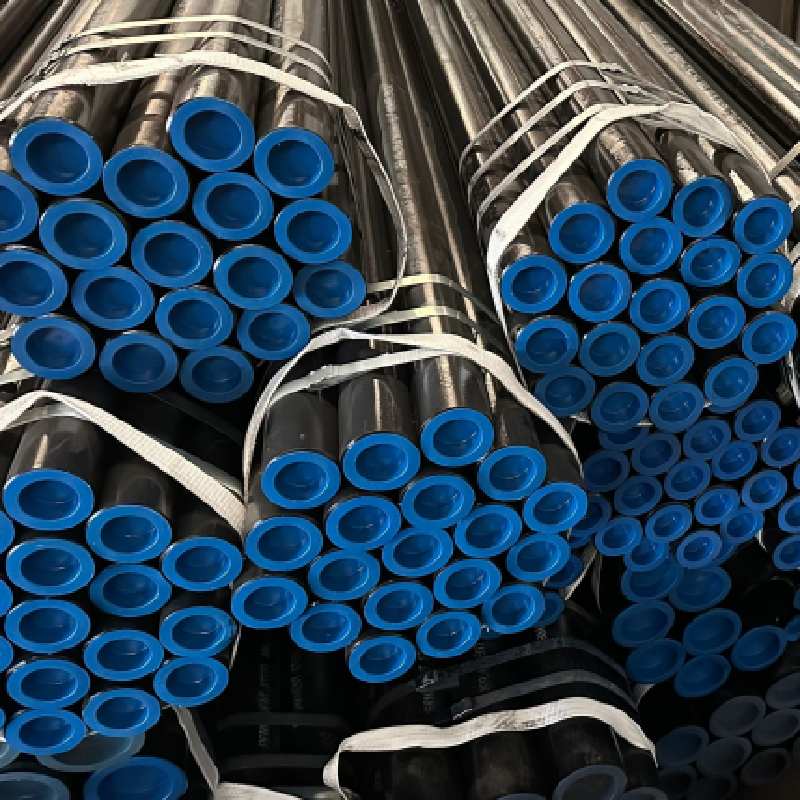-
Cangzhou Yulong Steel Co., Ltd.
-
Phone:
+86 13303177267 -
Email:
admin@ylsteelfittings.com

Nov . 02, 2024 13:44 Back to list
steel plate flange
Understanding Steel Plate Flanges An Essential Component in Engineering
Steel plate flanges are integral components widely used in various engineering and construction applications. They are crucial for creating strong connections and ensuring the integrity of piping systems, machinery, and structures. This article will explore the significance, types, and applications of steel plate flanges.
A flange is essentially a mechanical component that is used to connect two shafts or to joint pipes together. Steel plate flanges are specifically made from steel plates, which are cut and shaped to form a flat rim, allowing for a secure connection with another flat component. They can be found in numerous sizes and thicknesses, tailored to meet the demands of different applications.
Types of Steel Plate Flanges
There are several types of steel plate flanges, each designed for specific functions and requirements
. The most common types include1. Welding Neck Flanges These flanges feature a long tapered hub that provides excellent strength and resistance to bending. They are commonly used in high-pressure and high-temperature applications.
2. Slip-On Flanges These flanges are designed to slip over the end of a pipe and are welded in place. They are easier to align and install compared to welding neck flanges, making them popular for many applications.
steel plate flange

3. Blind Flanges True to their name, blind flanges do not have a bore, making them useful for sealing the end of a piping system or for creating inspection points in pipelines.
4. Lap Joint Flanges These flanges are used in conjunction with a stub end and allow for easy disassembly and maintenance, making them ideal for environments that require frequent access.
Applications of Steel Plate Flanges
Steel plate flanges are used in a variety of industries including oil and gas, chemical processing, water treatment, and construction. In piping systems, they provide a reliable method for connecting pipelines, enabling smooth transportation of liquids and gases. Additionally, they are utilized in machinery where mechanical components need to be joined securely to withstand varying forces and stresses.
Moreover, the choice of material for steel plate flanges greatly influences their performance. Carbon steel, stainless steel, and alloy steel are among the most common materials. Each type has its own unique properties that make it suited to specific applications. For example, stainless steel flanges offer excellent corrosion resistance, ideal for use in harsh environments.
Conclusion
In conclusion, steel plate flanges play a vital role in modern engineering and construction. Their ability to create durable connections between components ensures the effectiveness and reliability of various systems. Understanding the different types of steel plate flanges and their applications can significantly enhance project outcomes, leading to safer and more efficient engineering solutions. As industries continue to evolve, the demand for high-quality steel plate flanges will undoubtedly persist.
Latest news
-
ANSI 150P SS304 SO FLANGE
NewsFeb.14,2025
-
ASTM A333GR6 STEEL PIPE
NewsJan.20,2025
-
ANSI B16.5 WELDING NECK FLANGE
NewsJan.15,2026
-
ANSI B16.5 SLIP-ON FLANGE
NewsApr.19,2024
-
DIN86044 PLATE FLANGE
NewsApr.19,2024
-
DIN2527 BLIND FLANGE
NewsApr.12,2024
-
JIS B2311 Butt-Welding Fittings LR/SR 45°/90° /180°Seamless/Weld
NewsApr.23,2024
-
DIN2605-2617 Butt-Welding Fittings LR/SR 45°/90°/180° Seamless/Weld
NewsApr.23,2024











